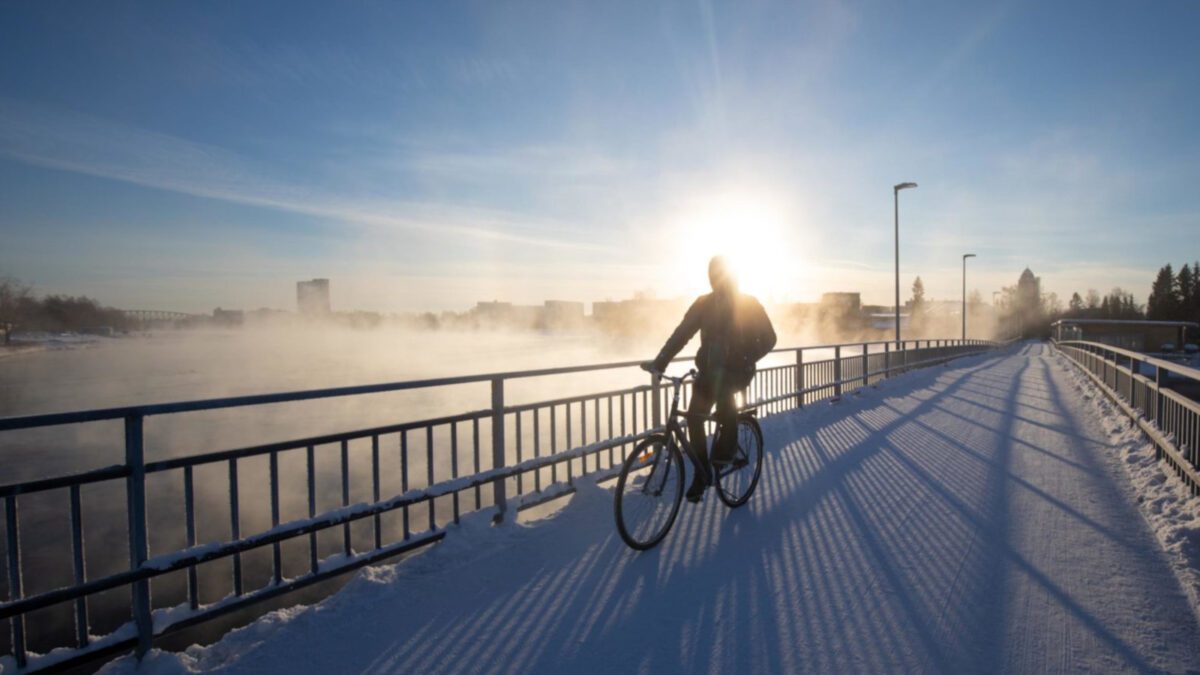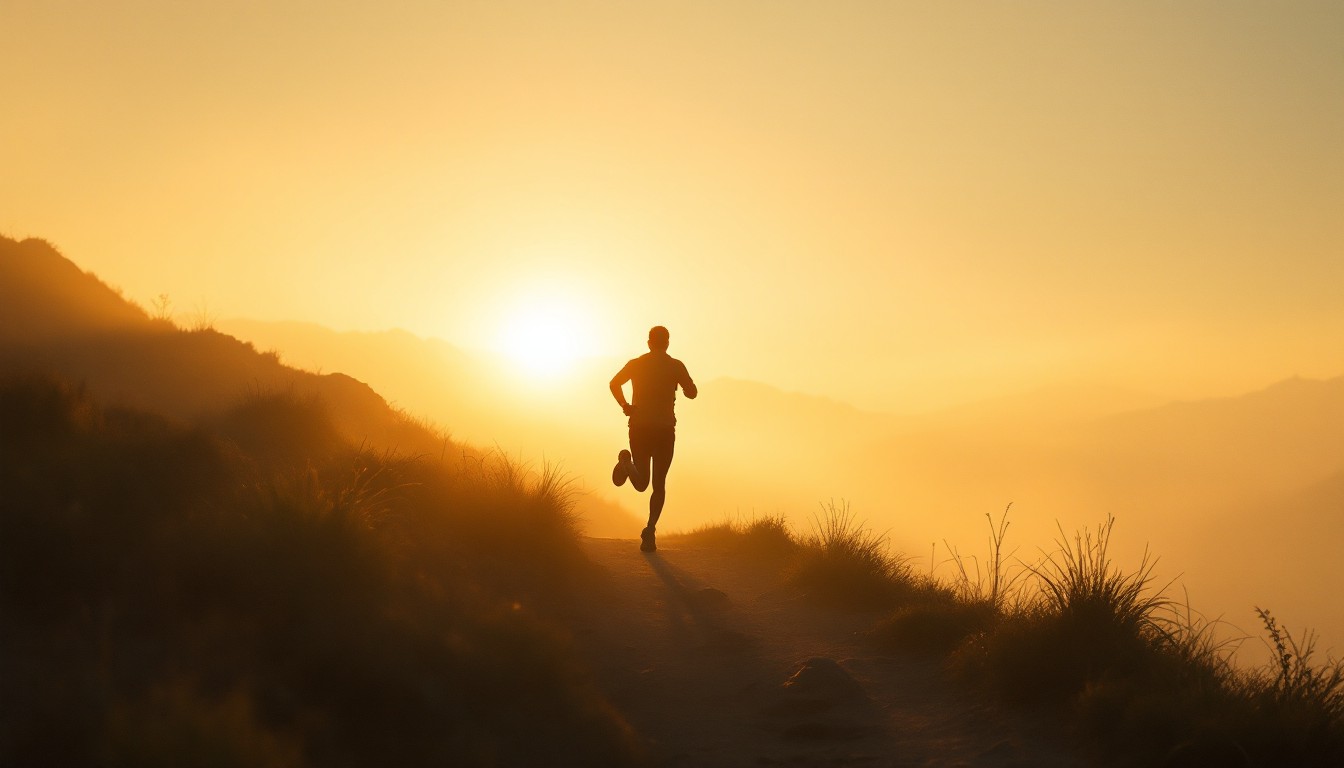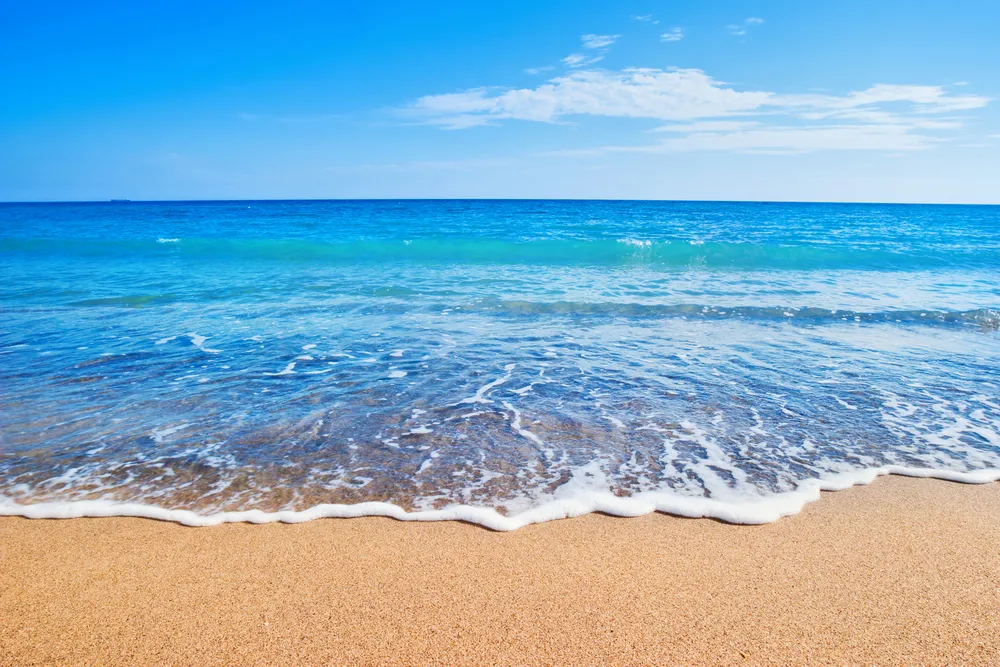I brewed 13g that makes you happy this morning with my “Angel Albino Corzo-Chiapa” medium roast beans that I picked up on the way home from Bethany, after getting great results with the recipe with different beans yesterday and the day before. Everything was the same, except I slightly overshot and ended up with about 190g of water (the recipe calls for 180g). It wasn’t a bad cup flavor-wise, just ever so slightly on the weak side. I’ll try this again and try to avoid over-pouring (update — 180g tasted about the same — maybe try tweaking water temperature and/or grind size). I seem to get better-extracted coffee from this recipe than I have been getting recently with the James Hoffmann recipe. My last few cups with the latter recipe have tasted kind of sour and weak. Granted, this is only the third time I’ve brewed today’s recipe, but I have yet to get a sour-tasting cup. I’ve gotten great cups of coffee with the Hoffmann recipe, too, but not consistently, and I’m still not sure exactly why that is. My goal is to find an idiot-proof recipe that produces consistently good coffee with a wide variety of beans (with maybe a small tweak to grind size and/or temperature here and there), and I am hoping that today’s recipe will turn out to be it. Time will tell.
Yesterday morning, I ran just over 10K at 10:45/mile, which is my first time averaging under 11:00/mile in probably a few weeks. I suspect it was mainly due to the weather, as the dewpoint was in the low 60s… still on the muggy side, but less so than my past several runs, and everything is relative this time of year. It will be interesting to see what my pace is like once we get into the cool, crisp days of fall. Later this week, we are supposed to have our first real heat wave of the summer, so I may end up running in the pool a couple of times. I hope I can find my flotation belt…
I got out for a “short” bike ride of about 25 miles this morning, looping through Ellicott City and parts of Columbia. Along the way, I rode the Grist Mill Trail from the swinging bridge west to Ilchester Rd. Parts of that section of trail could use some work. There is one area where some of the asphalt has washed away, and several other areas with remnants of flood debris on the path. I guess that part of the trail wasn’t in the scope of last year’s bridge work. Perhaps they’ll work on it later this year. I don’t go into the park often on weekends, so just for future reference, it was still nice and quiet at 7:30am. I didn’t see any other people (other than a park employee) before I crossed the swinging bridge. I’m not sure exactly what time they open the gates, but it was clear they hadn’t yet when I was there.


